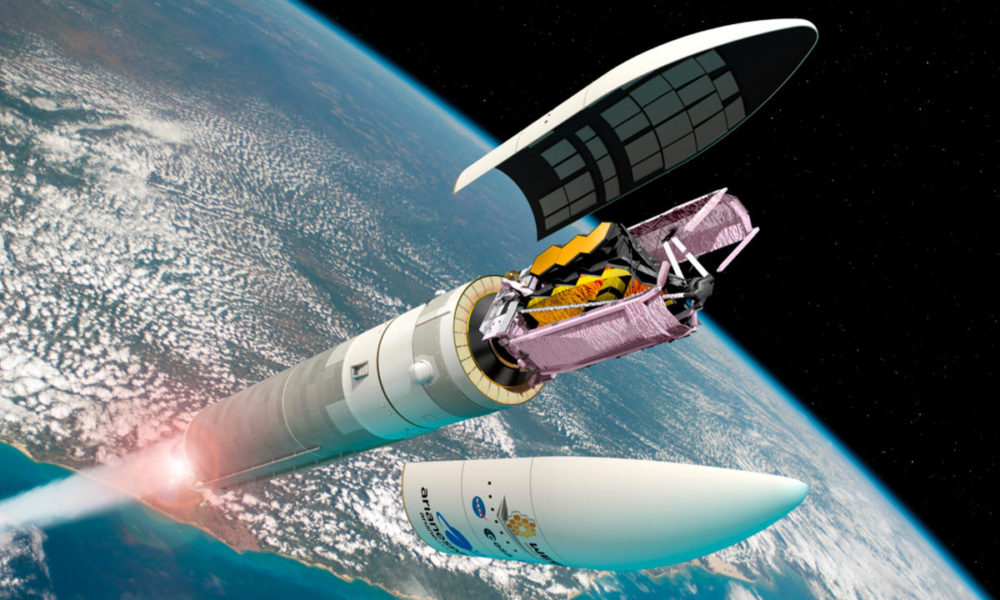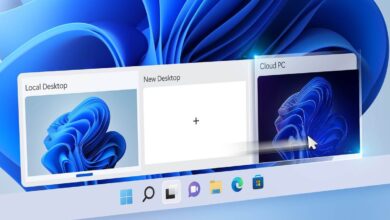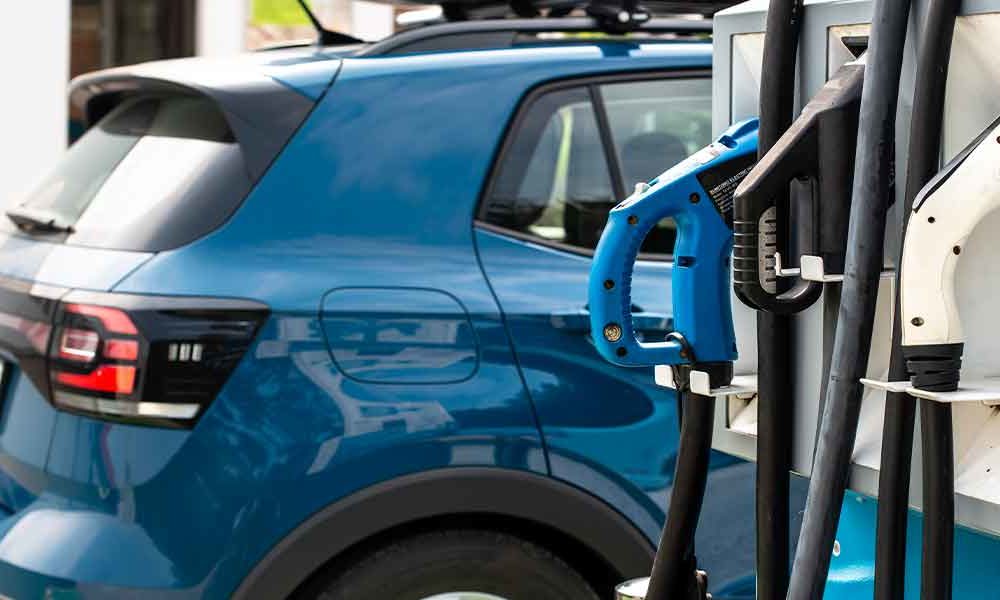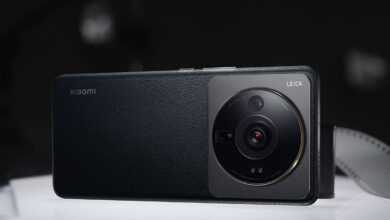
The James Webb space telescope project has completed a whopping 25 years this 2021. Yes, a quarter of a century has passed since work began on what would be the replacement for the veteran and beloved Hubble. Of course, at that time it was difficult to imagine that at this point the Hubble would continue to be operational (although with the ailments of age, yes) in 2021. And thank goodness that it has, because the successive delays in the start-up of this colossal space telescope could have rendered us without eyes in space, had it not been for the resistance of Hubble.
Be that as it may, it is better late than never, and finally it seems that, except for last minute incidents, tomorrow at this time the James Webb will have already started his fascinating journey, of which he will make us participate with the images that we can observe thanks to him. After the last postponement (and we hope it is the last really), which has delayed this operation for one day for weather reasons, tomorrow Christmas Day, shortly after one o’clock (Spanish peninsular time) The launch will take place, which you can follow from the NASA channel on YouTube.
The launch of the James Webb, which Named after the second NASA administrator During the golden decade of space exploration, the 60s of the last century, it will be put into orbit thanks to an Arianne 5 rocket that will take off from French Guiana, a further reminder that, although the most visible actor in the development of the telescope has been the US space agency, in reality it is an international project in which the agencies CSA / ASC (Canada), CNES (France) and ESA (Europe) have also participated, in one more example of how common collaboration in what refers to science, research and engineering in space.
Not all was good news during the development of the James Webb. As we have previously recalled, delays have been a constant in these decades, but dates have not been the only breached limits. The complexity of developing the telescope has also led to final costs have been much higher than initially expected. However, and although obviously the cost overruns are always something reprehensible, it is most likely that the result of this investment will end up compensating, by far, even the last cent invested in it.
We must not forget the colossal size of the James Webb either. Its primary mirror is composed of 18 hexagons that complete an area of 6.5 meters, that is to say, near the triple of the mirror of the Hubble, whose mirror is of 2.4 meters. In addition, obviously the technology integrated into it is much more current, and we must remember that the veteran telescope was launched in 1990. And if we stop for a moment to assess the evolution of technology in these 31 years, it is not difficult to imagine the leap evolutionary between the two.
Be that as it may, if you want to see the launch you can do it on the YouTube channel that we have added above and, of course, once the James Webb is already operational, we will pay close attention to everything that allows us to observe.



